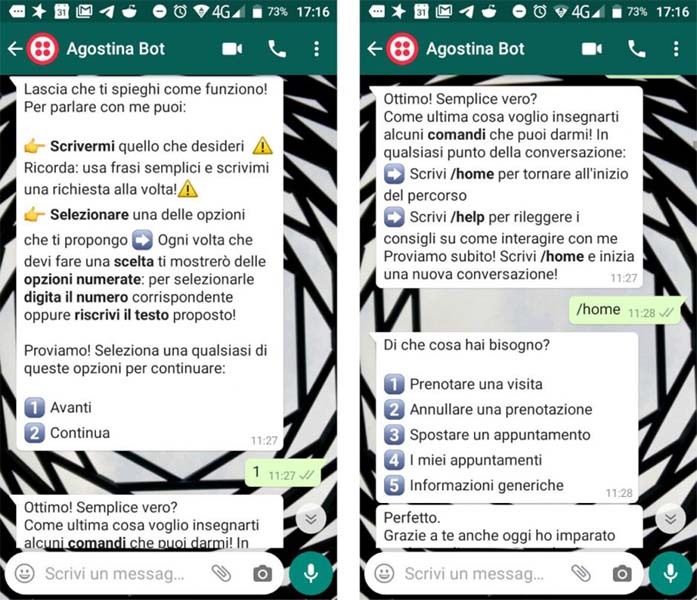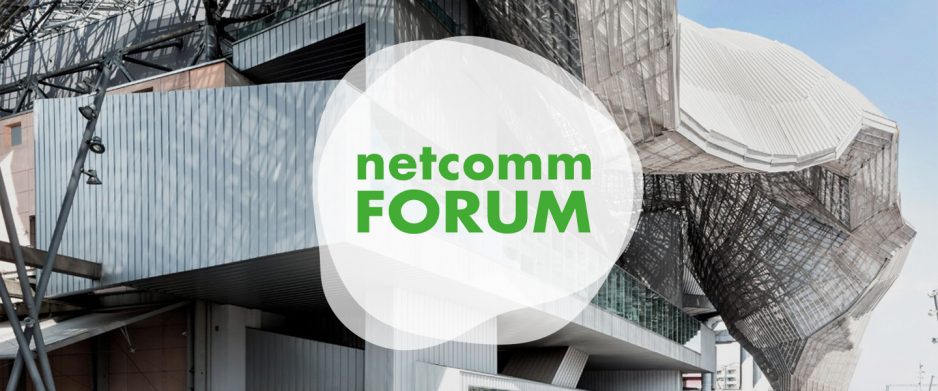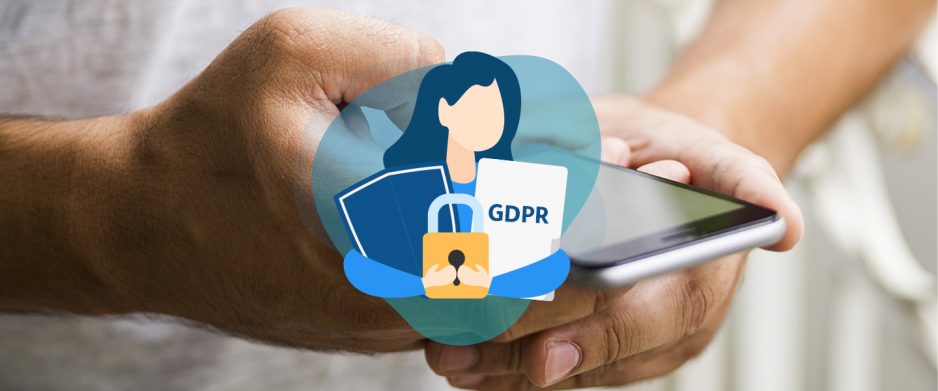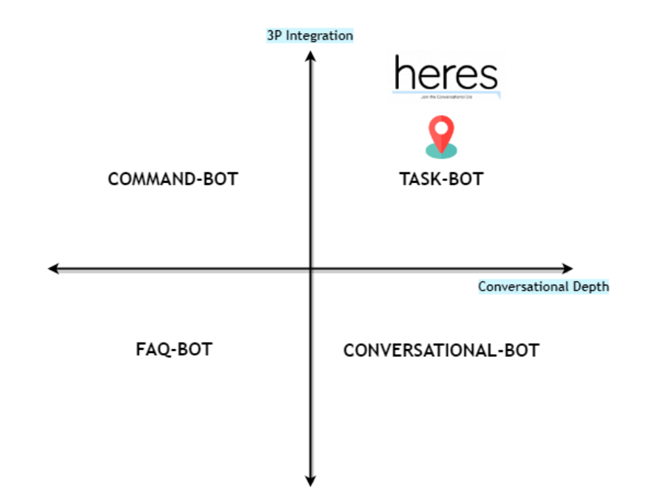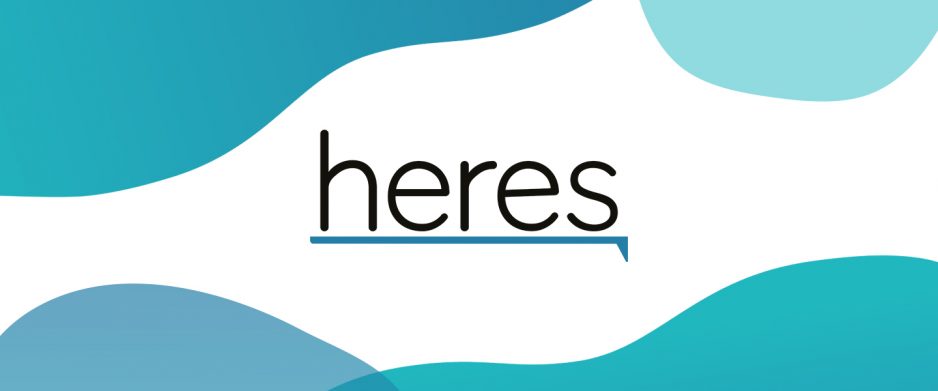Founded in 2013, Tannico has distinguished itself from the beginning by its desire to renew the concept of wine stores by rewriting the dynamics of buying and selling in the wine sector. Today it operates in as many as 23 countries and can boast the largest and most accurate online assortment of both Italian and foreign wines.
Its catalog, which includes thousands of references including rare wines and collectible bottles, is accessible in multilingual desktop and mobile versions and within the app.
The brand is also active in retail with the flagship store Tannico Wine Bar and covers the educational sphere with the courses and experiences offered by the Tannico Flying School.
True to its motto (“Liberi di osare” or “Free to dare”), Tannico continued on the path of innovation by choosing Heres to implement a Conversational AI solution within its Customer Service.
A versatile chatbot for users in the wine world
Technology, innovation, passion, vision, and courage are the essence of Tannico, which the brand expresses through a multiplicity of services and initiatives aimed at different markets.
The primary objective of the project, therefore, was to develop a chatbot capable of responding to the demands of such a wide audience, which embraces connoisseurs, enthusiasts, and newcomers to the wine world.
In addition, the choice was made to optimize the user experience by integrating Conversational AI into both the site and the Mobile App, customizing flows, micro-copy, and logic orchestrated by the chatbot according to the specificity of the two digital properties.
From purchasing to delivery, from collaborations to events: here is what Tannico’s Virtual Assistant can do
Tannico’s chatbot typically has a Customer-Service eCommerce domain that enables the automation of first-level Customer Service management and the optimization of the user journey in the pre-sales and post-sales phases.
The solution is designed to support users in the following knowledge domains:
- Accounts: support during site registration, account management, and troubleshooting frequent issues such as credential retrieval.
- Collaborations: retrieval of contact information, Personal Sommelier service for tailored advice regarding wines and pairings, evaluation of collectible wines, and job application submission.
- Reviews & feedback: wizards with links to external pages for collecting feedback and reviews from customers.
- Promotions & discounts: information on current promotions, how to obtain and use discounts, assistance with gift cards and coupons, and handling related application anomalies at checkout.
- Orders: how to place, cancel or modify an order, request an invoice, support for missing invoices and/or in case of no order confirmation, consultations about order status and shipment tracking, support for frequent problems during purchase or delivery (lost order, defective wine, missing bottle), consultation of order history.
- Payments & invoices: supported payment methods, FAQs, and support in solving frequent issues in payment. invoice request and support for missing invoices.
- Stores: location of flagship stores, consultation of in-store services and calendar of events.
With its ability to automate first-level customer service and handle a wide variety of requests, the chatbot helps improve the user experience, ensuring efficiency in multiple service scenarios and during all stages of the purchasing process.
Achievements and prospects
In the last year, Tannico’s chatbot has already supported more than 21 thousand conversations with a 90% accuracy rate. Moreover, 90% of the conversations are resolved by the chatbot autonomously, reducing the workload of Customer Service operators and optimizing the First Response Rate.
Tannico and Heres’ commitment to offering cutting-edge customer service in the eCommerce context does not end here, however! The project will extend into internationalization, evolving the current chatbot into a multilingual conversational agent to provide personalized assistance to users in the other markets where the brand operates.





